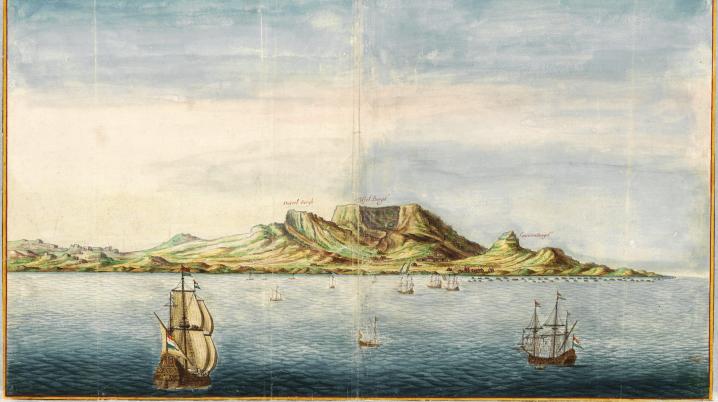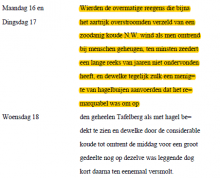
The journals of the Dutch East India Company (VOC Dagregisters) in the Cape Colony are unequalled in early modern history for their rigorous documentation of daily life over the course of nearly 150 years (1652-1795) of the Dutch presence in southern Africa. Each journal details a wide range of human activity (trade, politics, diplomacy, diet, etc.) and environmental observations. Yet these journals have remained largely inaccessible to the general public, as they are written in old Dutch and only available in hard copy in certain archives, among them the National Archives of the Netherlands.
The Dutch Embassy in Pretoria, the University of the Witwatersrand and the Newton Fund have undertaken a project to photograph, digitise and transcribe these records. This project is already at an advanced stage, with some 34 years now digitised (1780-1789; 1713-1730; 1680-1686). At the same time, the National Archives of the Netherlands digitised all of its VOC records concerning the Cape Colony. The transcribed records will be presented to the two archival institutions, through which the scans and transcriptions will be made easily accessible to researchers and the general public.
Below, an excerpt from one of the journals (16-18 July 1787) demonstrates the richness of the daily weather reports: the highlighted section speaks of near ‘flooding of the ground’ and a sudden wind colder than any could remember (in Dutch).




